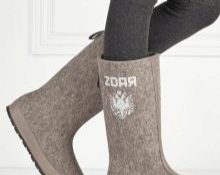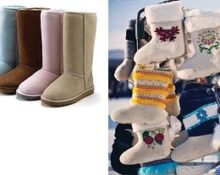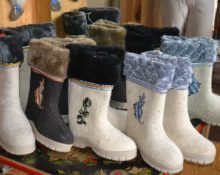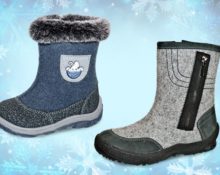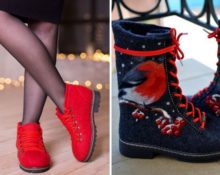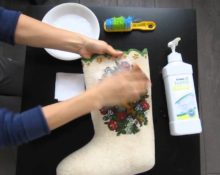Choosing shoes for winter is not an easy task. At very low temperatures, you should first of all take care of the warmth, durability and comfort of your shoes. Dutiki and felt boots are considered one of the most popular options for walking in cold weather. What's warmer: puffers or felt boots? Let's find out in this article.
Felt boots
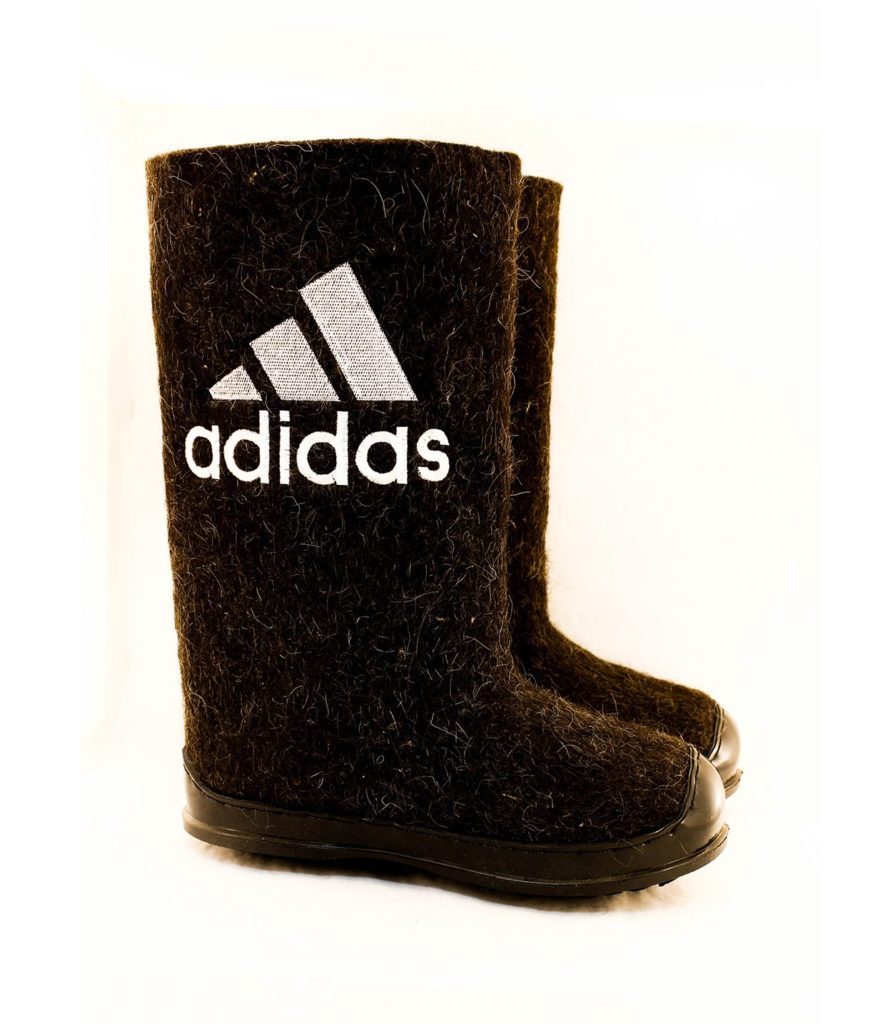
They are made from natural sheep wool. Its properties are best suited for cold weather: due to the compression of wool fibers, felt boots do not allow frosty air to pass through. The pair is created according to individual measurements, which means it will fit exactly in size. The main disadvantage is that they are not suitable for humid climates. If you spend several hours walking in wet snow, your shoes will get wet and cause discomfort. If the air temperature is low, then your feet can not only get wet, but also freeze. Drying a felt product is problematic: it will take several hours next to a warm radiator. But there are models with rubber soles, which partially protect your feet from getting wet.
Dutiki
These boots came into fashion in the 80s of the last century. At that time they were only available in silver. Outwardly, they resemble membrane shoes.
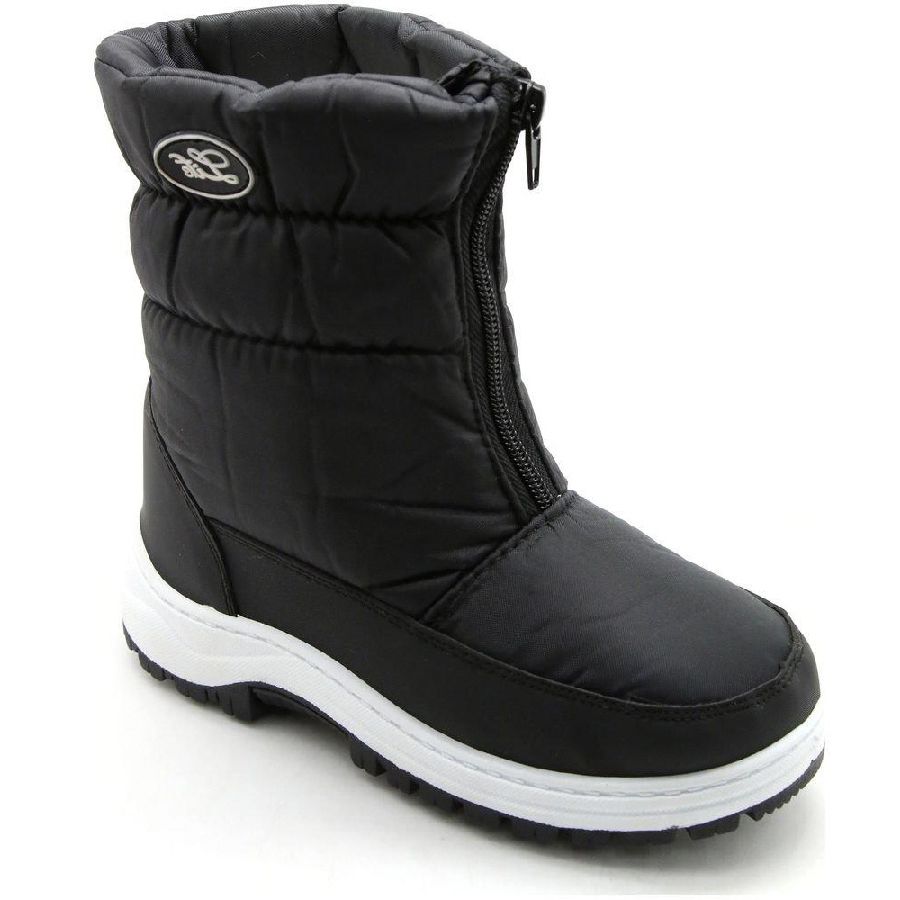
Material:
- the inside of the dummies is made of artificial fur (its quality depends on the manufacturer; sometimes sheep wool is used);
- the sole is made of polyurethane: a dense synthetic material;
- on the outside they are made of textiles.
Advantages:
- In most cases they are considered waterproof. This pair is suitable for walking in wet snow, it is ideal for humid climates. They are good for children's walks, long games on the playground, slides and sledding.
- They are very light and comfortable: they do not weigh down the leg, and are easy to unfasten and remove.
- Due to the properties of the outer material, they are very easy to clean: light dirt can be removed with a damp cloth.
- Their price starts from 300 rubles. There are expensive models: with natural fur, non-slip soles, and high-quality materials.
The main disadvantage of dummies is that they can withstand temperatures only up to -10/-15 degrees: this is an option for the European winter or early spring in cold regions.
conclusions
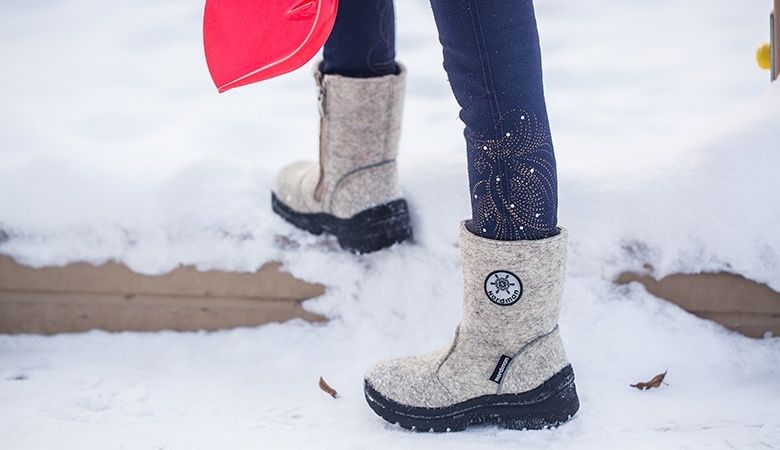
The answer to the question: “Which is warmer: dutik or felt boots” is unambiguous: felt boots are warmer. We are talking about a high-quality product made from natural sheepskin. There are products made from unnatural and poor materials; you cannot vouch for them. But when choosing shoes, there are several factors to consider. If the winter in your region of residence is relatively warm, then dutiks are better suited: they do not get wet and are suitable for walking with children. Felt boots are not suitable for such a winter: your feet will be hot and will constantly get wet. They are simply not needed. Consider the characteristics of your region, lifestyle and materials used to make shoes - this is the only way to choose the right pair for the winter.


 0
0